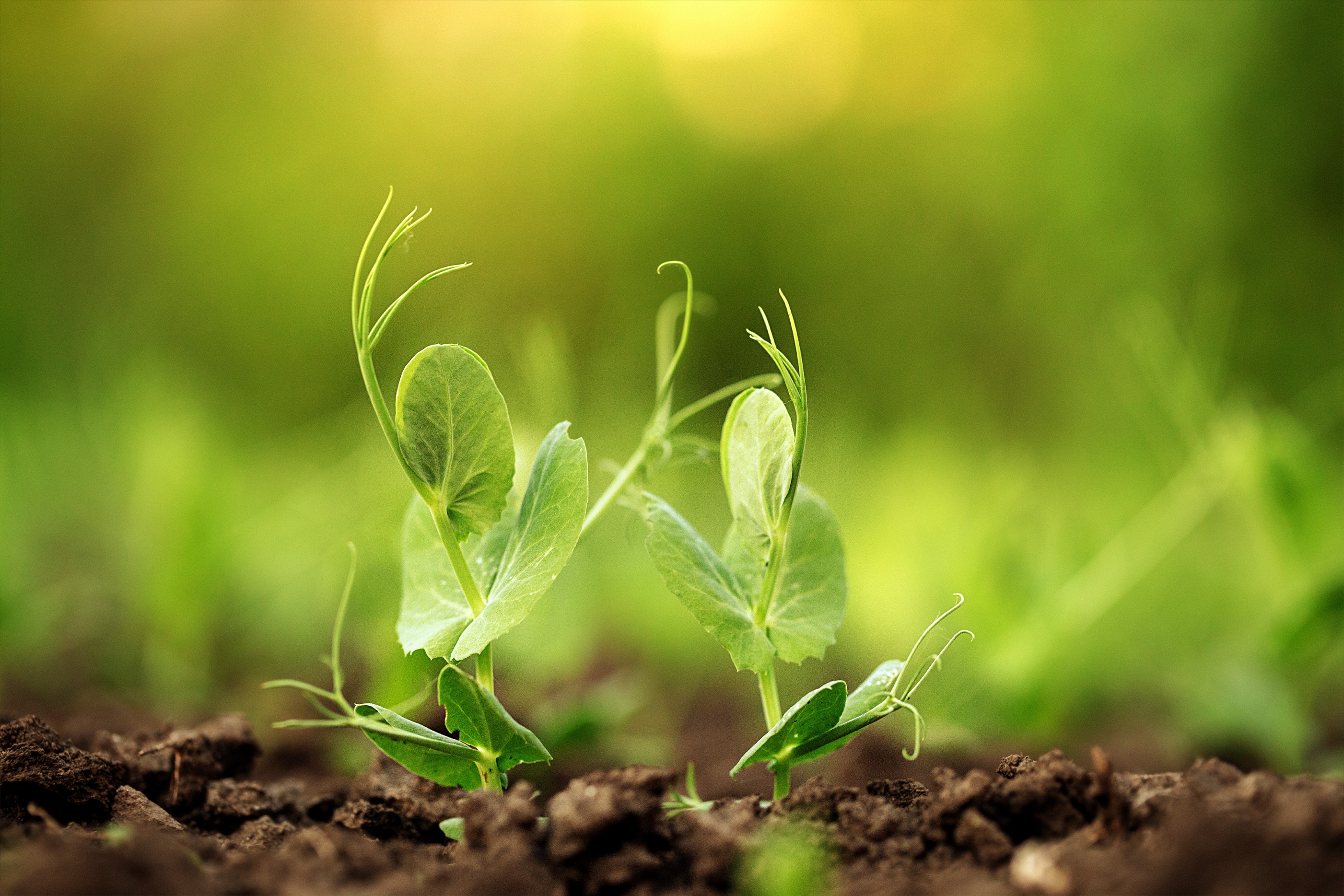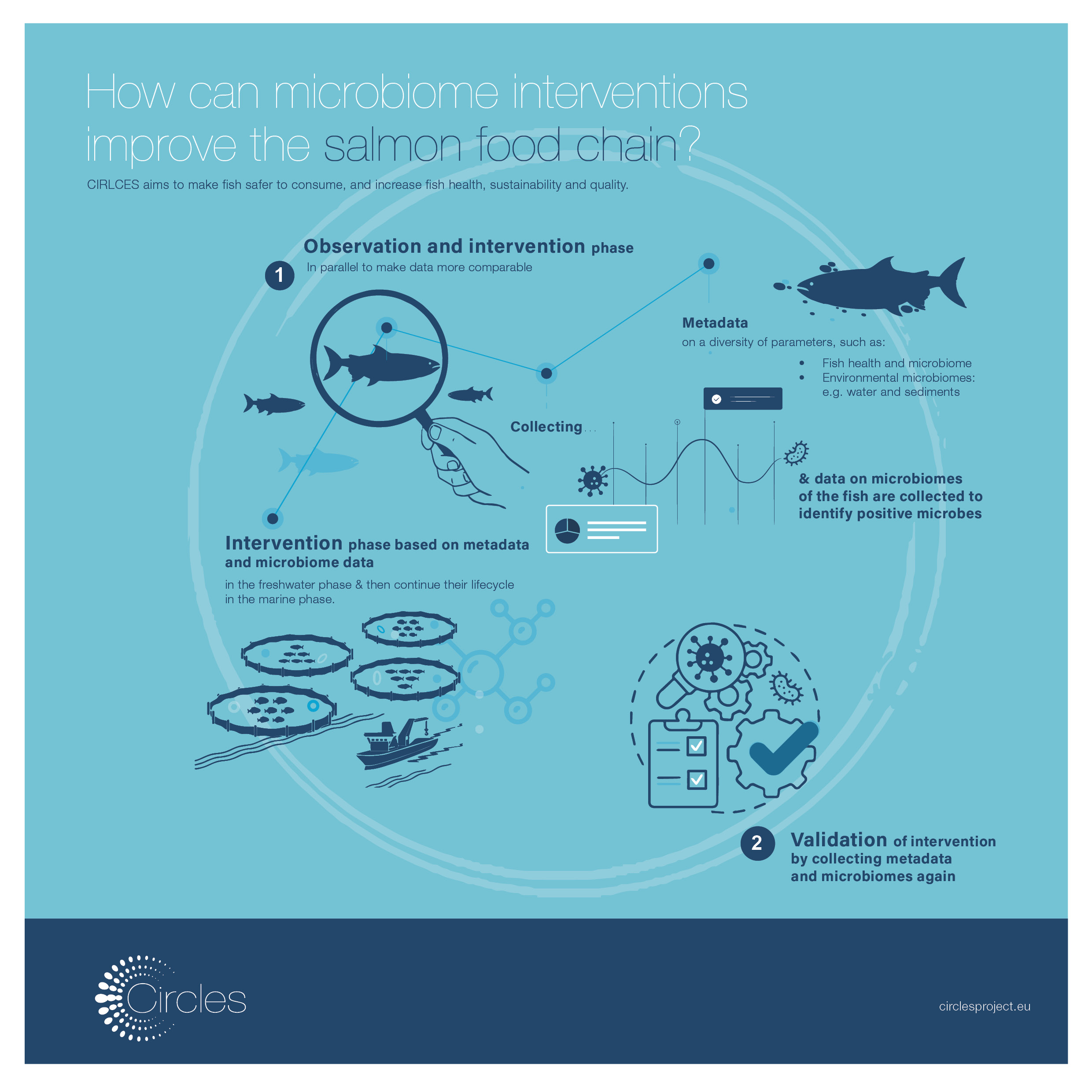By Senga Robertson-Albertyn, University of Dundee
Microbes are single celled organisms that are found in both the prokaryote and eukaryote kingdoms, they include bacteria, fungi, protozoa, algae, archaea and (arguably) viruses. One of my very favourite facts is that just one gram of soil is a microbial city that can contain up to 1 million microbes. This microbial metropolis, that is often referred to as the soil microbiome, is buzzing with interactions that we can’t see by looking at the soil with our naked eye but can be observed easily by looking around us at the way plants grow.
Not only do microbes interact and “talk” to each other, but microbes and multicellular eukaryotes, such as plants and humans, have co-evolved over millennia to form highly important and beneficial relationships. This is often referred to as symbiosis and both, microbes and eukaryotes, rely on it for survival. In its most simple description, there are microbes that exist on, within and around other organisms, these organisms provide them with nutrition in a variety of ways and in return many of these microbes play beneficial roles to help the organism to thrive and survive.
In my research I specifically study the microbiome of tomato and spinach in order to understand which microbes are populating plants (and which areas on the plant they populate) combined with the roles played by those microbes in plant fitness. That information should be used to develop microbial tools to improve food sustainability and plant nutrition. This research also indirectly contributes to improving climate change and animal welfare as part of the CIRCLES project.
But plants grow using photosynthesis…. what do microbes have to do with food security and nutrition?
A LOT!
Yes, plants use photosynthesis to produce carbohydrates that they use as a fuel source BUT as with any other organism, they also require essential nutrients such as phosphate and nitrogen in order to remain healthy and to grow well. This is where the plants microbiota comes in to play; many of the organisms living on, around and within a plant facilitate the availability and uptake of essential nutrients through the cycling process, particularly the microbes living in the area of soil directly adhered to the roots of plants, which we call the rhizosphere. The role of these microorganisms is so essential to the plant that it can use up to 60% of the carbohydrates it produces during photosynthesis to release mucilage from the root system that consists of decaying cells, sugars, sugar alcohols and organic acids that serve as a rich source of nutrition for the rhizosphere microbiome. What’s even more interesting is that, in response to particular environmental conditions, plants will change the compounds they release from their roots and this will change the sort of microbes that they can attract (and repel). There are also members of the plant microbiota that can enhance the nutritional value of food crops by stimulating the uptake of micronutrients such as zinc and magnesium, improving the nutritional quality of the food that we eat.
Not only can microbes help plants attain essential nutrients, some can also help to program a plant’s immune system to defend against pathogens by outcompeting them and by triggering a plant’s immune system gently, almost like a vaccine, priming the plant to defend a pathogen attack. And if the relationship between plants and microbes does not already sound fascinating enough some microbes, particularly fungi, assist plants indirectly by improving soil structure and increasing organic matter which increases fertility, water storage and reduces erosion.
However, the importance of microorganisms in food production is not limited to the fruits, vegetables and grains that we eat. For thousands of years humans have been using the fermentation processes of bacteria, yeast and fungi to make many of the food products that form a common part of the western diet such as bread, beer, wine, vinegar, yoghurt and cheese. Cheese is a great example of the fermentation process and microbial travel through food systems; in unpasteurized cheeses such as parmesan a cow will ingest microbes while grazing which travel to its digestive system, some of these microbes will be transported to the milk and udder of the cow. Some of these will metabolise the lactose sugars in the milk producing lactic acid converting the milk to cheese. The same process applies with pasteurised milk with the exception that Lactobacillus sp are directly applied to pasteurised milk instead of coming naturally from the animal.
The importance of microorganisms in our food systems is clear and although there is no silver bullet, in combination with breeding programmes, agricultural strategies and improvements to (human) social and economic equality, microbial tools can be developed to help improve the ability of a plant to defend itself and take up nutrients from the soil. In turn, microbes can contribute to a reduction in human made pesticides and fertilisers which can add to species loss, local environmental damage and climate change when not managed correctly. It can also help to reduce inequality faced by farmers where human made treatments (in the proportions needed to meet plant yield requirements) are not financially possible and can contribute to enhancing food security by improving the nutritional content of the food we produce.
Senga Robertson-Albertyn is a Postdoctoral Research Assistant at the University of Dundee, Scotland UK, specializing on plant microbe interactions.






